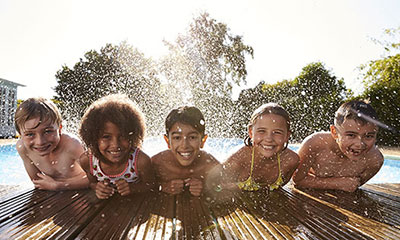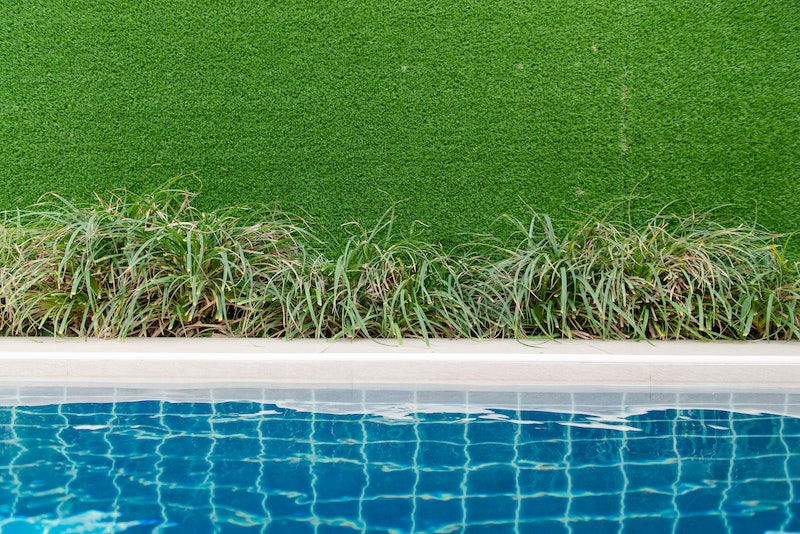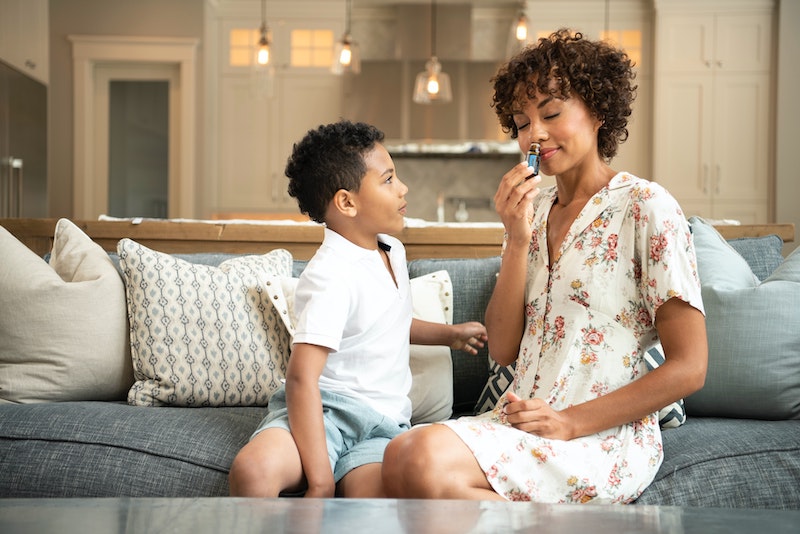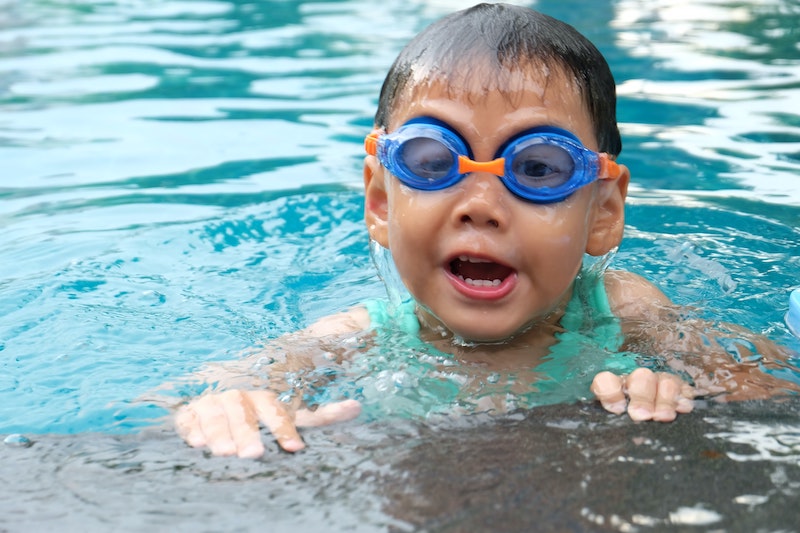Summer is here, and it’s more important than ever to keep water safety top of mind. Did you know that drowning is the leading cause of death for children ages 1 to 4 in the United States? Whether you have a backyard pool, a hot tub or take your child elsewhere to swim, essential pool safety rules can help prevent drowning and improve pool and water safety. Now, you can receive reminders straight to your phone for ways to keep kids safe.
Text WATER to 77444 (or AGUA to 77444 for Spanish) to receive drowning prevention tips from Children’s HealthSM twice a month.
For more resources, visit childrens.com/summersafety.
1. Watch and guard

When kids are in a pool, active adult supervision around a pool is required, not just recommended. Never leave a child alone in or around water. Any time children are in the pool, designate an adult to be the Water Watcher. This dedicated observer must always commit to actively supervising children in the water; not texting, reading, socializing, drinking, etc.
Touch supervision is essential for young children and those who can't swim. A life jacket may be a good idea too. Plus, it's a good idea to switch out Water Watchers from time to time to make sure children stay safe in the pool.
2. Test and teach
How well does your child swim? Pool safety starts before your child ever gets into the water and understanding your child's skill level can help you make smart decisions about water safety. If your child is not a strong swimmer, enroll them in swim classes.
Even children who know how to swim can benefit from additional swim instruction. Learning pool safety rules and how to be a strong swimmer is a great defense against drowning.
Safety tip: If you see a child struggling in the water at a pool or lake, NEVER jump in to rescue them. More often than not, the panicking victim will pull the would-be rescuer down with them. Instead, throw out a flotation device or use a pole or noodle to reach the drowning person.
3. Have the right equipment
Protecting your family around the pool means more than just keeping an eye on swimming kids. It is also important to make sure the pool is a safe place when no one is around, and the pool is not in use. Drowning incidents can happen year-round and be even more dangerous during the winter months when pools are not top-of-mind. Layers of protection, like a non-climbable fence with a self-locking gate, can keep children who wander off from falling into the pool. Safety covers are also a good idea.
- Our experts recommend you skip the standard arm floaties and instead use a U.S. Coast‑Guard‑approved personal flotation device (PFD) for all children who do not know how to swim and remember to put them back on if they are taken off for any reason.
- Fences should be slatted and at least four feet tall. Even young kids can climb a chain-link fence. Latching gates should be self-closing and close with latches out of reach of tiny hands.
- Alarms can be installed on doors and gates leading to the pool and underwater pool alarms can warn you if something enters the pool.
- Always keep rescue equipment, like pool noodles, safety rings, rope and a first aid kit, poolside. Plus, always keep access to a phone nearby.
- Cover pools and hot tubs when not in use. Use rigid covers that don't collect standing water.
- Remove ladders from above-ground pools when not in use and store them out of reach.
Learn more about the 3 rules for water safety.












